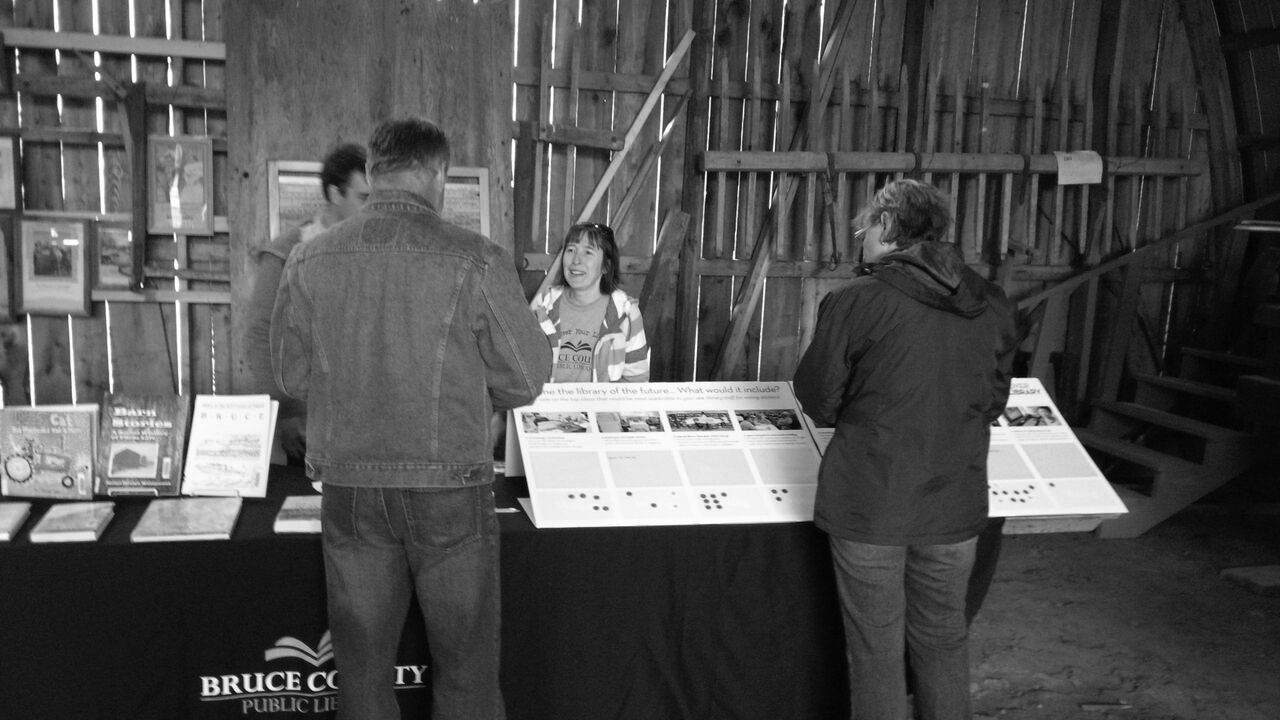Reflecting as a group on an Advocacy Plan serves the group in several ways: it works to solidify learnings as you revisit and make amendments to your plans, it helps the group identify what is working and what isn’t working, and it often improves morale. As such, we recommend incorporating reflections into every group meeting or discussion you have with respect to your advocacy work. It should only take 10-15 minutes.
The Focused Conversation Method is a group reflection technique developed by the Institute of Cultural Affairs in Canada. The process begins with very concrete, easy questions that successively delve deeper into the work at hand. It maintains focus, prevents circular discussions, deepens analysis and assists group decision-making.
Objective
Objective level thinking is about the facts. This is where we ask questions about background information, sensory impressions, and other observable data. Some example questions include:
- What do you see/hear/touch/smell/taste?
- What words or phrases catch your attention?
- When did it happen/who was there/what did people say?
Reflective
Reflective level thinking focuses on the reactions to the objective level thinking. We want to find out more about personal reactions, associations, emotions, and images. Some example questions include:
- What images come to mind?
- What associations do you have with this/what does this remind you of?
- What excites/frustrates you?
- What impact is this situation having on you?
Interpretive
Interpretive level thinking tries to make sense of our reactions and associations. We work to uncover meaning, values, significance, purpose, and implications. Some example questions include:
- Why was this important to you?
- What trends do you see emerging?
- What seems to be missing?
Decisional
Decisional level thinking brings the conversation to a resolution. We decide on actions, future directions, and next steps. Some example questions include:
- What change is needed?
- What is our consensus?
- What are we committed to do?








